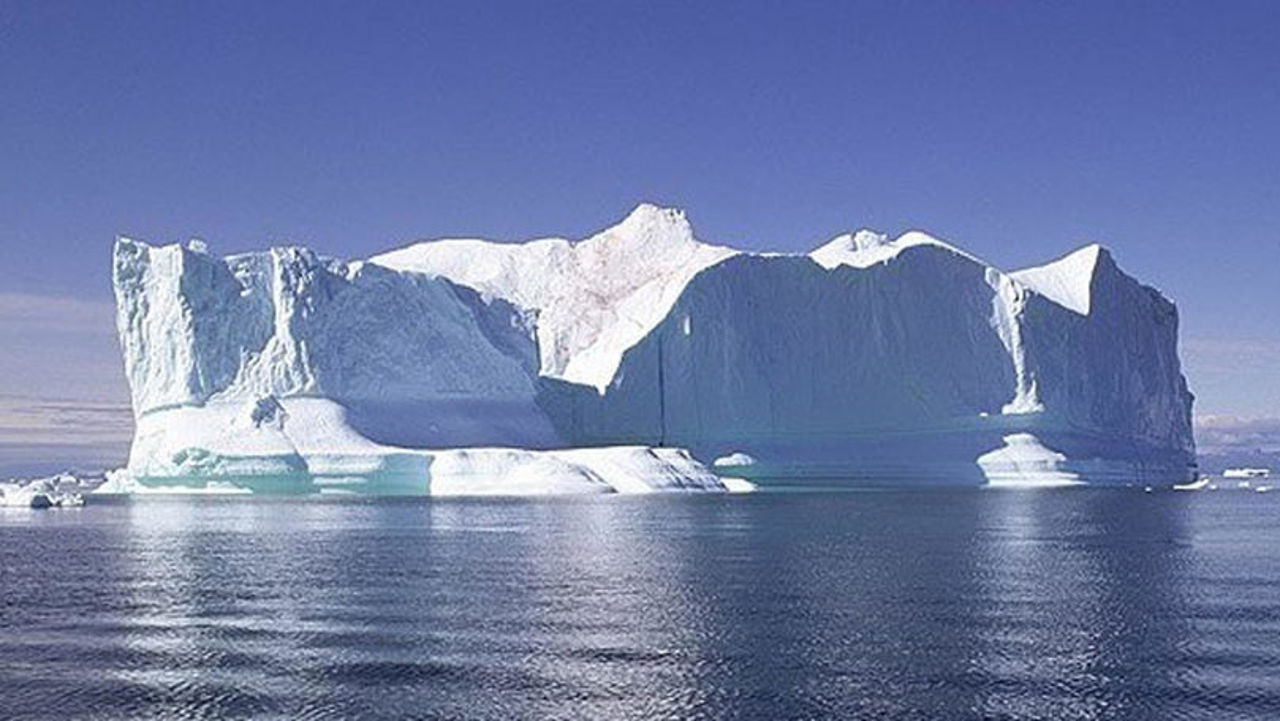World's biggest iceberg on the move after 30 years
The world's biggest iceberg is on the move after more than 30 years being stuck to the ocean floor, BBC reports.

The iceberg, called A23a, split from the Antarctic coastline in 1986. But it swiftly grounded in the Weddell Sea, becoming, essentially, an ice island.
At almost 4,000 sq km (1,500 sq miles) in area, it's more than twice the size of Greater London.
The past year has seen it drifting at speed, and the berg is now about to spill beyond Antarctic waters.
A23a is a true colossus, and it's not just its width that impresses.
This slab of ice is some 400m (1,312 ft) thick. For comparison, the London Shard, the tallest skyscraper in Europe, is a mere 310m tall.
A23a was part of a mass outbreak of bergs from the White Continent's Filchner Ice Shelf.
At the time, it was hosting a Soviet research station, which just illustrates how long ago its calving occurred.
Moscow despatched an expedition to remove equipment from the Druzhnaya 1 base, fearing it would be lost. But the tabular berg didn't move far from the coast before its deep keel anchored it rigidly to the Weddell's bottom-muds.
Like most icebergs from the Weddell sector, A23a will almost certainly be ejected into the Antarctic Circumpolar Current, which will throw it towards the South Atlantic on a path that has become known as "iceberg alley".
This is the same movement of water - and accompanying westerlies - that the famous explorer Sir Ernest Shackleton exploited in 1916 to make his escape from Antarctica following the loss of his ship, the Endurance, in crushing sea-ice.





